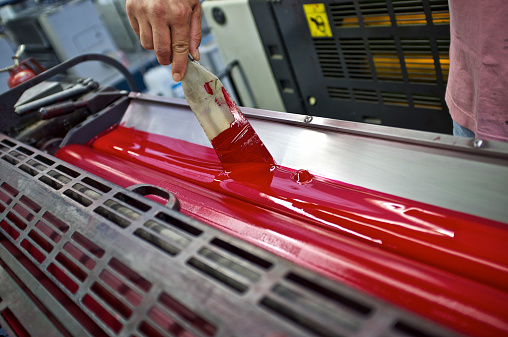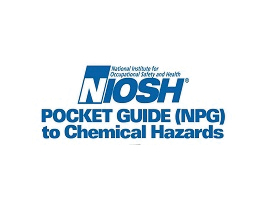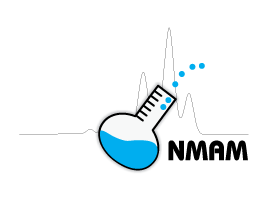Hydroquinone

Overview
CAS No. 123-31-9
Hydroquinone (C₆H₄(OH)₂) is a light-tan, light-gray, or colorless crystal. Exposure to hydroquinone may cause irritation to the eyes and central nervous system. Workers may be harmed from exposure to hydroquinone. The level of exposure depends upon the dose, duration, and work being done.
Hydroquinone is used in many industries. It’s used as a developing agent in black-and-white photography, lithography, and x-ray films. Some examples of workers at risk of being exposed to hydroquinone include the following:
- Manufacturing workers who use it to produce antioxidants for rubber
- Food processing workers who use it to preserve foods such as dried fruits
- Workers who use it to prevent polymerization during shipping, storage, and processing
NIOSH recommends that employers use Hierarchy of Controls to prevent injuries. If you work in an industry that uses hydroquinone, please read chemical labels and the accompanying Safety Data Sheets for hazard information. Visit NIOSH’s page on Managing Chemical Safety in the Workplace to learn more about controlling chemical workplace exposures.
The following resources provide information about occupational exposure to hydroquinone. Useful search terms for hydroquinone include “1,4-benzenediol,” “p-benzenediol,” “dihydroxybenzene,” “1,4-dihydroxybenzene,” and “quinol.”
NIOSH Chemical Resources
Related NIOSH Resources
- NIOSHTIC-2 search results for hydroquinone—NIOSHTIC-2 is a searchable database of worker safety and health publications, documents, grant reports, and journal articles supported in whole or in part by NIOSH.
- NIOSH Worker Health Study Summaries—NIOSH conducts research to prevent illnesses and injuries in the workplace. The NIOSH Worker Notification Program notifies workers and other stakeholders about the findings of these research studies.
- Immediately Dangerous to Life or Health (IDLH) Value Profile: Hydroquinone—The IDLH documents the criteria and information sources used by NIOSH to determine immediately dangerous to life or health concentrations.
Selected Publications
- Criteria for a Recommended Standard: Occupational Exposure to Hydroquinone—DHHS (NIOSH) No. 78-155. Presents a standard to prevent the adverse effects of exposure to hydroquinone over a working lifetime.
- Occupational Safety and Health Guideline for Hydroquinone—This guideline helps stakeholders conduct effective occupational safety and health programs.
Related Resources
- EPA Chemistry Dashboard
- EPA Air Toxics: Hydroquinone
- EPA Integrated Risk Information System: Hydroquinone
- NLM Hazardous Substances Data Bank: Hydroquinone
- NLM Haz-Map: Hydroquinone
- NLM Household Products Database: Hydroquinone
- OSHA Chemical Sampling: Hydroquinone
- OSHA Hazard Communication
- New Jersey Hazardous Substance Fact Sheets: Hydroquinone
International Resources
- European Chemicals Agency (ECHA): Hydroquinone
- Gestis Substance Database
- IARC Monographs (Vol. 71): Hydroquinone
- ILO International Chemical Safety Card: Hydroquinone
- IPCS INCHEM: Hydroquinone
- OECD Global Portal to Information on Chemical Substances
- WHO HSG No. 101: Hydroquinone
- WHO Environmental Health Criteria 157: Hydroquinone
- United Nations Environment Program OECD SIDS: Hydroquinone



